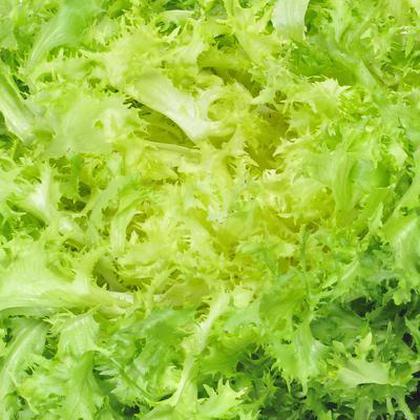Showing results for 'Escarole'
close
Escarole

escarole - Escarole is a broad leaf lettuce, and a variety of endive. When compared to other members of the family the escarole is paler, and less bitter. It can be eaten raw in salads, or cooked.
Escarole Pairs With:
Food Item
Flavor Affinity Level

Did you know there are 75 food flavor pairings in my database for Escarole available. What you are seeing above is a random list of 30 items which pair with Escarole.
For the entire list, beautifully formatted, enter your email address and click the download button below, then I'll email it to you as a PDF.
Escarole Properties:
| Food Property | Type | Description |
|---|---|---|
| Flavor Profile | Bitter | Escarole has a slightly bitter flavor profile, similar to other leafy greens like endive and radicchio. |
| Texture | Firmness | Escarole has a firm texture, with crisp leaves that are sturdy and hold up well in salads and cooked dishes. |
| Tenderness | While escarole is firm, it can also be tender when cooked, especially when braised or sautéed. | |
| Nutritional Value | Micronutrients | Escarole is rich in micronutrients, including vitamins A, C, and K, as well as minerals like potassium and calcium. |
| Fiber | Escarole is a good source of dietary fiber, which is important for digestive health and can help regulate blood sugar levels. | |
| Color | Natural Pigments | Escarole has a deep green color due to the presence of natural pigments like chlorophyll and carotenoids. |
| Aroma | Volatile Compounds | Escarole has a mild, slightly earthy aroma due to the presence of volatile compounds in the leaves. |
| Chemical Composition | Acidity/Alkalinity (pH) | Escarole is slightly alkaline in pH, which can affect its flavor and texture when cooked. |
| Cooking Behavior | Heat Conductivity | Escarole cooks quickly and evenly due to its high heat conductivity, making it a versatile ingredient in various recipes. |
Food Pairing App - Version 1.2.0
